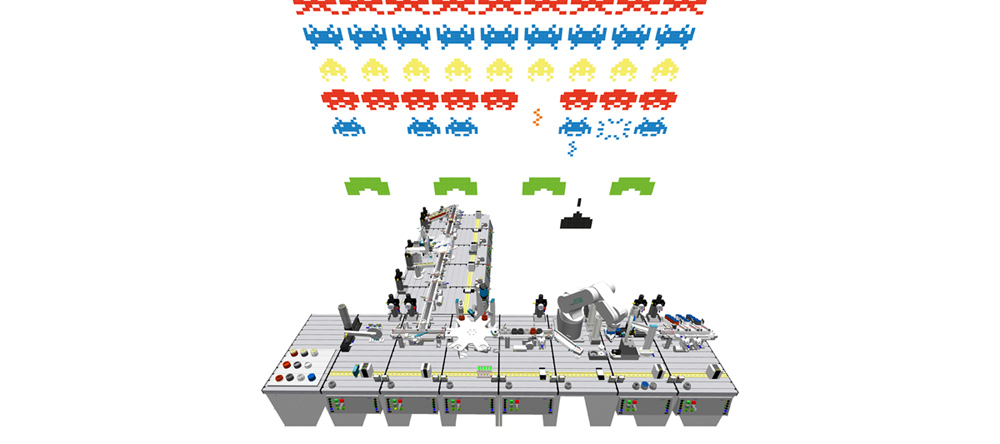Modern production plants are highly networked. Embedded systems communicate with each other independently, planning systems from the cloud calculate order steps and machine assignments, plant operators monitor and control remotely, maintenance personnel access the system from anywhere in the world and carry out configuration changes.
In the networked world, the protection of production facilities no longer ends at the building or factory premises. Attackers can penetrate and manipulate systems via network connections, malicious code infections can completely paralyze large areas and also cause immense physical damage and danger to life and limb. It has not only been clear since reports of Stuxnet, Duqu, Flame and Havex that production facilities are targets for cyber attacks.
Differences to classic IT systems
IT security in industrial production must take into account specific boundary conditions that differ from classic IT systems in the office environment, PC workstations and Internet servers:
- The control of production systems poses real-time requirements that make changes to the systems difficult or even impossible. Software patches on the systems, installation of monitoring software, malware scanners and antivirus programs can impair functionality, while firewalls in the network and encrypted connections between the systems can affect real-time conditions.
- The period of use of hardware and software in production is considerably longer than in other IT areas.
- Above all, however, the protection goal of availability and the maintenance of functional safety is much more important.
For this reason, conventional approaches to cyber security must be adapted specifically to industrial control systems. New strategies and procedures are needed to practically implement IT security not only in new systems, but above all in old systems.
The Fraunhofer IOSB offers a wide range of solutions for the relevant cyber security topics for industrial control systems: from training courses in the cyber security learning laboratory to consulting, assessments and support in the implementation of regulations and standards, through to technology developments, e.g. the secure implementation of OPC UA.

 Fraunhofer Institute of Optronics, System Technologies and Image Exploitation IOSB
Fraunhofer Institute of Optronics, System Technologies and Image Exploitation IOSB 